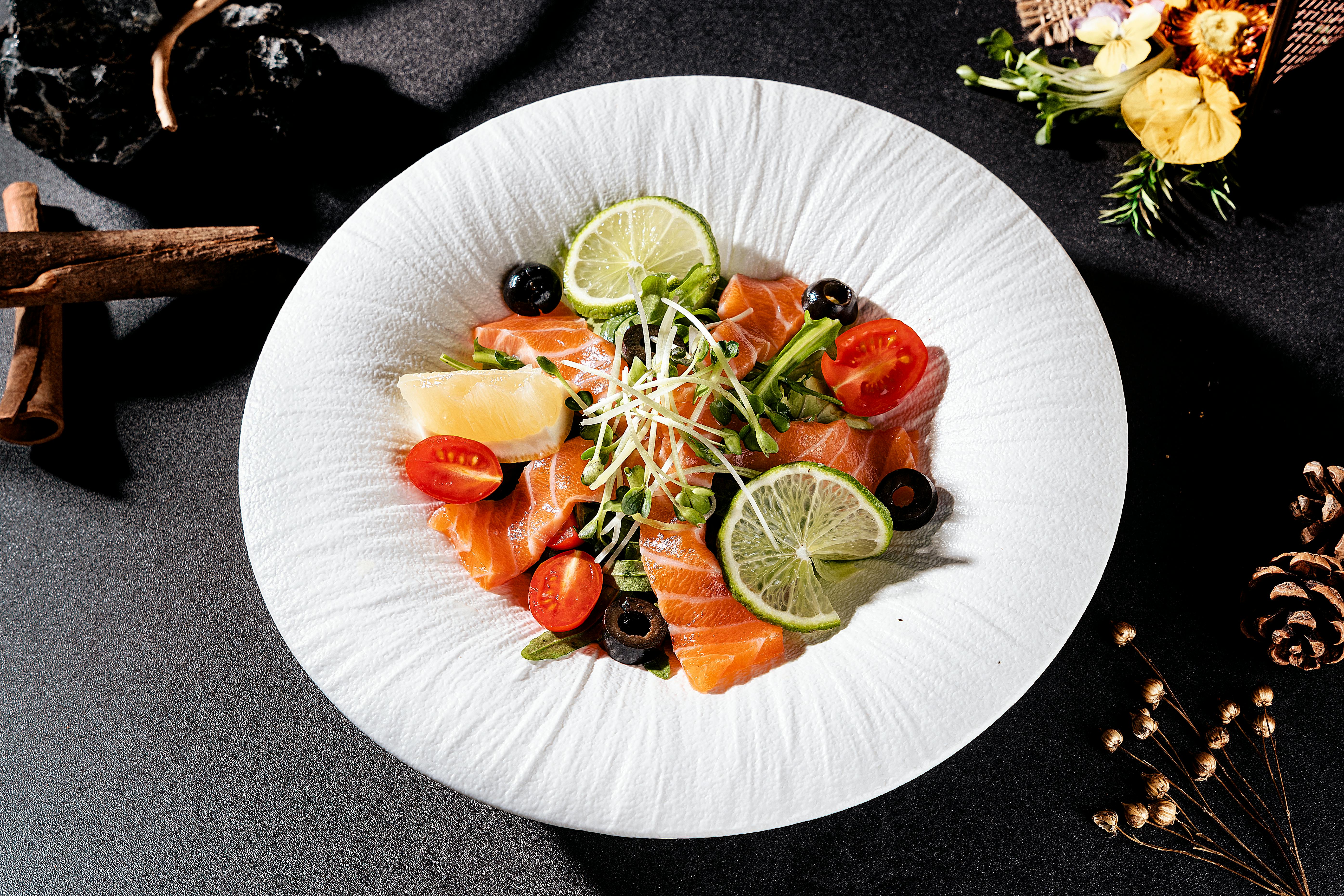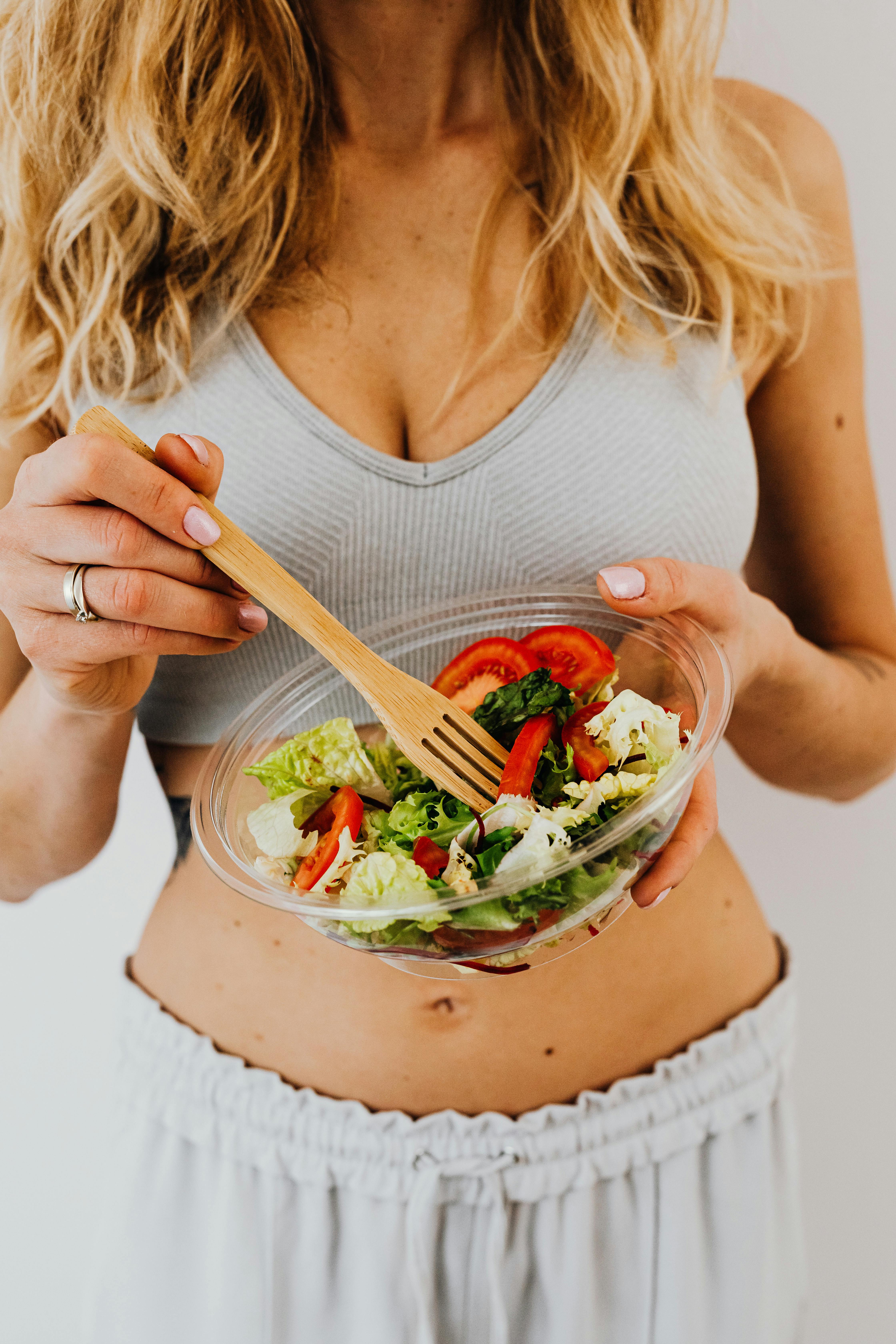Effective Ways to Discover Carbs in Jicama in 2025
Jicama, also known as the Mexican turnip or yam bean, has gained popularity as a low-carb vegetable, making it a preferred choice for health enthusiasts and dieters alike. Understanding the carbohydrate content of jicama is essential, especially in the context of modern dietary trends that prioritize low-carb and high-fiber foods. With its crunchy texture and mildly sweet flavor, jicama stands out not just as a snack but also as a versatile ingredient in a range of dishes. In this article, we will explore the nutritional profile of jicama, its health benefits, and practical ways to incorporate it into your diet effectively.
We’ll evaluate jicama's nutritional aspects, comparing it to other popular vegetables like potatoes, and provide you with delicious recipes to try. This comprehensive look at jicama will help you understand its role in a balanced diet, particularly for those managing their carbohydrate intake.
Key takeaways from this article include: the nutritional content of jicama, its benefits for weight loss, and creative ways to enjoy it as part of your meals. Let's dive deeper into the world of jicama!
The Nutritional Profile of Jicama: What You Need to Know
Building on the introduction to jicama, let's examine its nutritional composition. Jicama is remarkably low in calories, with approximately 38 calories per 100 grams. This makes it a great addition for those seeking low-calorie vegetables. Importantly, the jicama carbohydrate content is approximately 9 grams for the same serving, with around 4 grams of dietary fiber, which supports digestion and promotes a feeling of fullness.
In comparison, jicama has a significantly lower carbohydrate count than potatoes, making it a preferred low-carb jicama option for weight management. The fiber in jicama contributes to its low glycemic index of about 15, meaning it can help regulate blood sugar levels, making it a great choice for diabetics.
Carbohydrate Content Breakdown
When analyzing jicama carbs further, it’s important to note the difference between total carbohydrates and net carbs, which are calculated by subtracting fiber from the total carbohydrate count. This aspect is crucial for individuals tracking their carb intake. Jicama's high water content, approximately 90%, also adds to its low-calorie profile, making it not just a nutritious option but also a hydrating one.
Benefits of Jicama for Weight Loss
As a low-calorie, high-fiber food, jicama is an excellent choice for weight loss diets. The fiber aids in digestion and helps maintain satiety, reducing the chances of overeating. Moreover, its unique texture works harmoniously in salads and snacks, keeping meal times interesting and varied, which is vital for sustained weight management.
Vitamins and Minerals in Jicama
Jicama does not just excel in carbs and calories; it also boasts a range of vitamins and minerals. Rich in vitamin C, potassium, and magnesium, it supports immune function, cardiovascular health, and maintains electrolyte balance. Regular consumption of jicama can provide your body with antioxidants, further enhancing its health benefits.
Comparing Jicama to Other Vegetables
There’s often a debate around whether jicama is a better choice than other root vegetables, particularly potatoes. While potatoes offer starch and calories, jicama excels in fiber and water content, making it less calorie-dense and more hydrating. Understanding these differences can help you make more informed dietary preferences.
Incorporating Jicama into Your Diet: Delicious Recipes
With these nutritional basics established, let's explore creative and tasty ways to incorporate jicama into your diet. From snacks to main dishes, jicama can be used in many culinary applications.
Refreshing Jicama Salad Recipes
A jicama salad is a fantastic way to enjoy its natural crunch and sweetness. Combine diced jicama with lime juice, chopped cilantro, and a sprinkle of chili powder for a refreshing side dish perfect for summer barbecues. This jicama salad provides a low-calorie yet flavorful addition to any meal.
Jicama Fries: A Healthy Alternative
Craving something crunchy? Try making jicama fries! Cut jicama into thin strips, toss with olive oil, salt, and your choice of spices, and bake until crispy. Jicama fries are a great alternative to traditional potato fries and can be served with your favorite dips.
Incorporating Jicama into Smoothies
Add jicama to your morning smoothie for a boost of fiber and nutrients. Blend jicama with spinach, a banana, and your choice of milk for a delicious and hydrating breakfast option. This jicama smoothie can help energize your day while remaining low in calories.
Jicama Soup: A Comforting Choice
For a heartwarming dish, consider making a jicama soup. Combine diced jicama, onions, garlic, and vegetable broth, blending until smooth for a creamy texture. This jicama soup is not only nutritious but also low in fat and calories.

Understanding the Health Benefits of Jicama
Transitioning from recipes, let's delve into why jicama is so beneficial for your health. Understanding these health benefits can motivate you to include jicama in your daily meals more consistently.
Jicama as a Superfood
Jicama is often referred to as a superfood due to its impressive nutrient profile and health benefits. Packed with dietary fiber, it supports healthy digestion and promotes gut health. Additionally, the antioxidants found in jicama may help combat oxidative stress in the body, providing protection against chronic diseases.
Jicama’s Role in a Diabetic Diet
For those with diabetes, jicama offers several health benefits. Its low glycemic index, combined with high fiber content, means that it has a minimal impact on blood sugar levels. Incorporating jicama into meals can help stabilize blood sugar, which is essential for diabetes management.
Hydration and Nutritional Value
Due to its high water content, jicama helps keep you hydrated, which is often overlooked in vegetable nutrition. Staying hydrated is vital for overall health, aiding in digestion, circulation, and the regulation of body temperature. Opting for jicama as a snack can contribute to your hydration needs effectively.
Antioxidants and Immune Support
Jicama contains a substantial amount of vitamin C, a known antioxidant crucial for boosting the immune system. Regular consumption of jicama may bolster your body’s defenses against infections and illnesses, making it an excellent addition to a health-focused diet.
Choosing and Storing Jicama: Tips for Freshness
With your newfound jicama knowledge, it’s essential to consider how to select and store this nutritious vegetable to maximize its benefits. Proper storage and selection can prolong its freshness and flavor.
Selecting the Right Jicama
When shopping for jicama, choose firm, smooth-skinned bulbs without any blemishes or dark spots. A heavy jicama indicates high water content, which speaks to its freshness. Ask your grocery store if they have any jicama varieties, as different types may lend unique flavors and textures to your dishes.
Storing Jicama for Longevity
Store jicama in a cool, dry place, away from direct sunlight. It’s best kept whole in a pantry or cupboard and can last for up to two weeks. Once cut, store jicama in an airtight container in the refrigerator, where it can last several days. Proper storage tips will help you enjoy this delicious vegetable longer.
Preparing Jicama for Cooking
Before cooking or eating jicama, peel the outer skin and cut it according to your recipe needs, whether slicing for salads or dicing for stir-fries. Its crunchy texture is enhanced by marinating in lime juice or spices, making it a versatile ingredient in a variety of dishes.
Innovative Jicama Presentation Ideas
Presenting jicama innovatively can entice your family to try it. Use jicama slices in place of chips for dips or serve it cut into sticks for a colorful platter with hummus or guacamole. These presentation ideas make jicama appealing and enjoyable for everyone.

Frequently Asked Questions About Jicama
What are the health benefits of eating jicama?
Jicama boasts numerous health benefits, including high fiber content for digestive health, immunity boosting properties due to its vitamin C, and low glycemic index, making it suitable for those with diabetes.
How can jicama be prepared for cooking?
To prepare jicama for cooking, peel its outer skin and slice or dice according to your recipe. Jicama can be enjoyed raw in salads or cooked in various dishes like soups and stir-fries.
Can jicama help in weight loss?
Yes, jicama is low in calories while high in fiber, making it a filling option that can help control appetite and support weight loss efforts.
What is the best way to enjoy jicama?
The best way to enjoy jicama is to incorporate it into fresh salads, snacks, or cooking methods that maintain its crisp texture, such as baking for jicama fries or blending in smoothies.
Is jicama safe for everyone to eat?
Jicama is generally safe for most people, but those with allergies to legumes should approach it cautiously due to its botanical family. Always consult with a healthcare provider if you have specific dietary concerns.
```